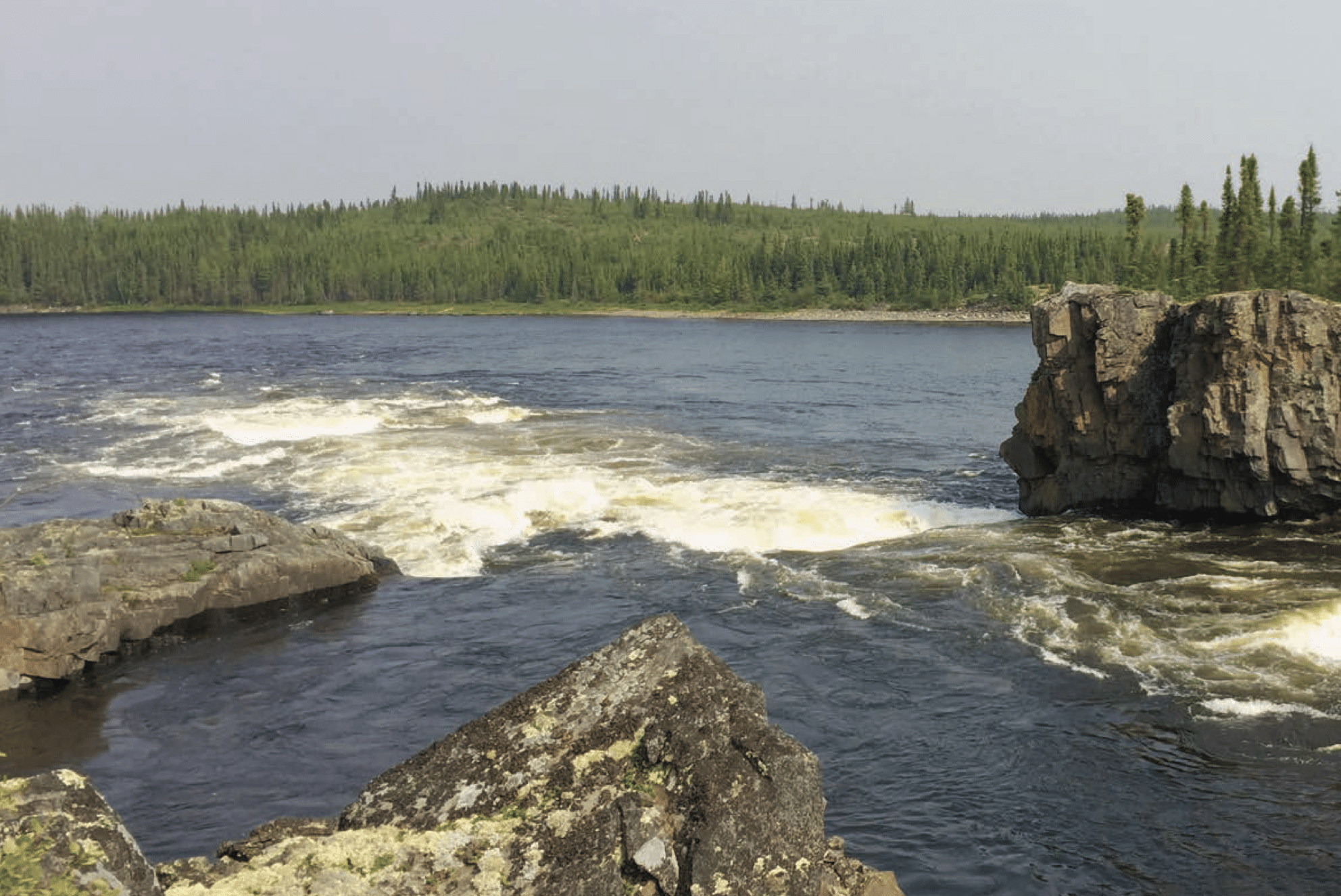
By Ron Thiessen
This article was originally published in the Winnipeg Free Press on April 19, 2024.
The provincial government’s lack of investment in nature could cost Manitobans dearly. Conserving nature is an essential and cost-effective part of the climate solution and it needs to be acted on immediately.
Manitoba’s forests, peatlands and wetlands are incredibly effective at absorbing carbon — at a drastically lower cost than carbon capture machines. If they are disrupted by development, massive amounts of naturally stored carbon can be released into the atmosphere.
The benefits of preserving nature go far beyond keeping carbon in the ground.
Investing a dollar in nature yields four dollars in benefits like better flood control, improved crop yields and job creation, according to the International Union for Conservation of Nature.
Working with nature to protect people could reduce the intensity of climate and weather-related hazards by 26 per cent, according to the International Federation of Red Cross and Red Crescent Societies. This would save countless lives and hundreds of billions of dollars a year in climate change-related damages, the 2022 report found.
Nature-based solutions like conservation, restoration and the adoption of sustainable agricultural practices can contribute 37 per cent of the global climate change mitigation needed by 2030 to stop global temperatures from rising beyond the 2 C threshold, according to the UN’s Intergovernmental Science-Policy Platform on Biodiversity and Ecosystem Services.
The Manitoba government has commendably committed to producing an action plan that will protect 30 per cent of Manitoba’s lands and waters by 2030 (30×30) by working with Indigenous communities.
This is an ambitious undertaking that needs to go into hyperdrive, as the complex processes involved in establishing legally protected areas take considerable time.
The NDP government’s first budget, released on April 2, does not provide the funding required to support this critical work. Its 30×30 commitment is not even given a mention.
Sufficient resources are needed to increase staffing and budgets for the Manitoba Parks and Protected Spaces branch and for relevant departments to do their part.
Strong investment in the capacities of Indigenous nations as leaders and supporters are required to ensure their rights and aspirations are protected. The public consultations involved need to be resourced.
I understand the government’s focus on health care and the economy.
What the government has seemingly overlooked in the budget is that preserving nature — and combating climate change — is critical to supporting public health and the economy.
Severe weather caused over $3.1 billion in damage in 2023, according to the Insurance Bureau of Canada, which noted an August hailstorm in Winnipeg that caused $140 million in damage on their list of costly weather impacts.
The health impacts are also staggering, especially from wildfire smoke.
Air pollution led to 15,300 premature deaths in Canada in 2016 while the economic cost of asthma attacks and other respiratory symptoms was $120 billion, according to a Health Canada study.
Things have gotten much worse since then.
Manitobans were wheezing through air quality warnings last summer from thick smoke that had drifted thousands of kilometres from the Northwest Territories. More than six times the “normal” amount of land burned across Canada in 2023. Fire officials are on high alert for another devastating fire season due the warm, dry winter.
Nature is more than just a powerful shield against climate change. Nature provides everything people and wildlife need to survive and thrive. It’s key to our well-being and to our prosperity that we balance sustainable developments with conservation.
We still have an opportunity to fill the critical gap in funding for nature. The federal government has provided $549 million to support conservation in British Columbia, Nova Scotia and Yukon through Nature Agreements.
I strongly urge our provincial government to expedite its dialogue with the federal government to seize this opportunity while it’s still on the table. It’s paramount that the resources are in place to fulfil its commitment to protect 30 per cent of Manitoba’s lands and waters by 2030.
Ron Thiessen is the executive director of the Manitoba Chapter of the Canadian Parks and Wilderness Society.

